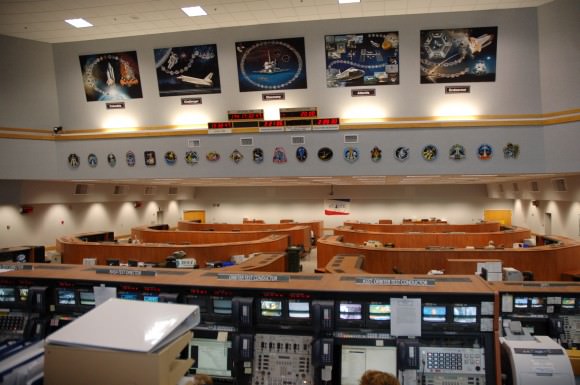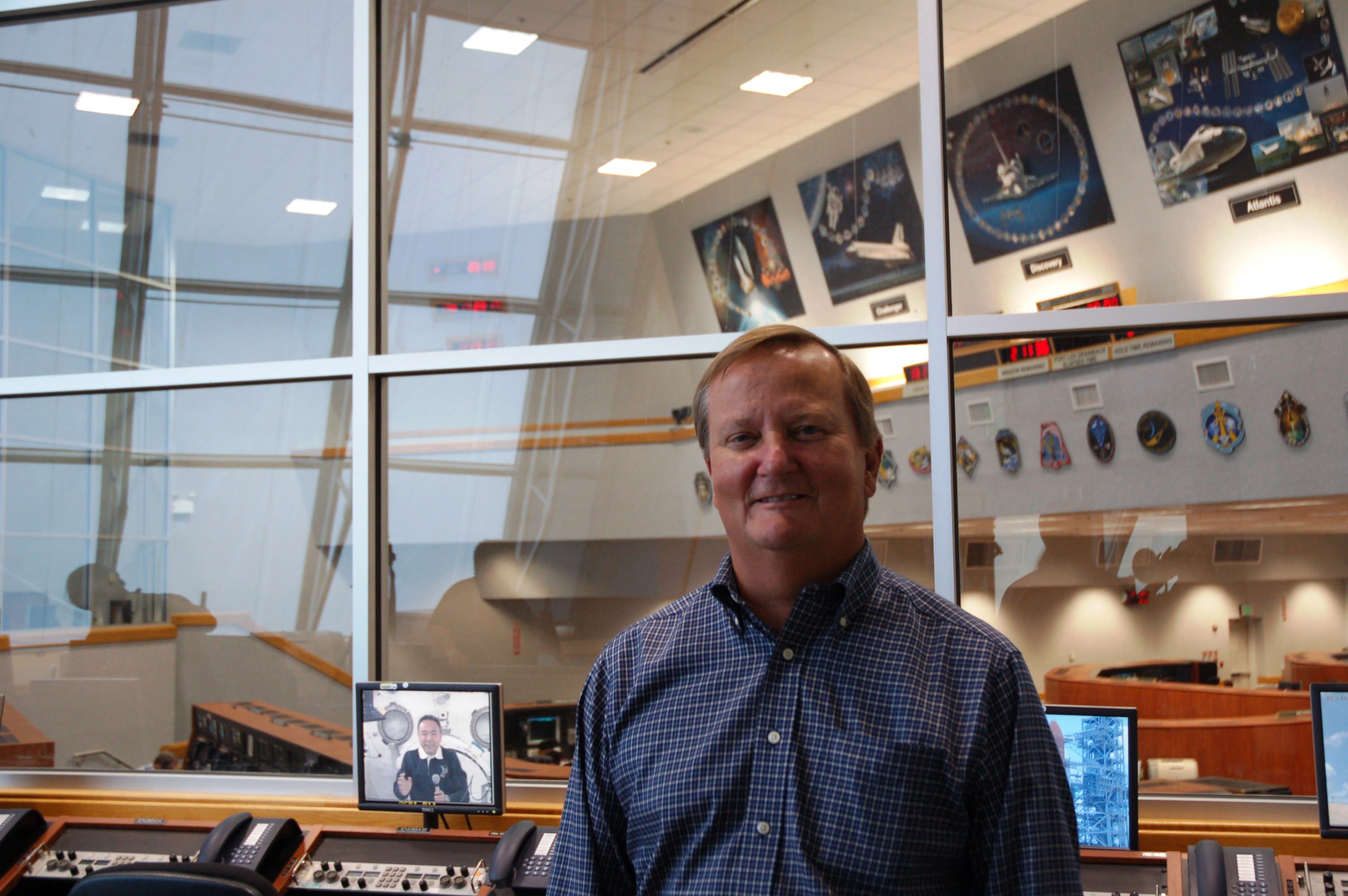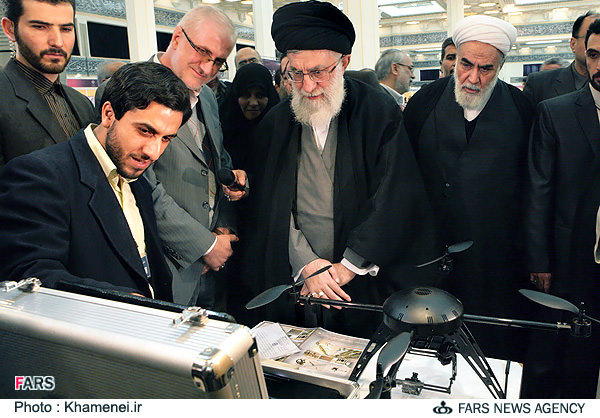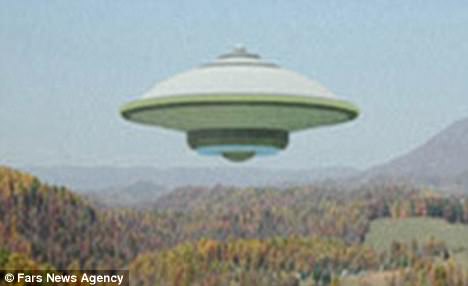[/caption]
CAPE CANAVERAL Fla. – He has been with the shuttle program for the past three decades and has witnessed both its tragedies and its triumphs. NASA’s Shuttle Launch Director Mike Leinbach reflected on the end of the shuttle era when interviewed this week. He talked a bit about his plans for the future as well as what he thinks people can expect from both him and his team on launch day.
Q: The Terminal Countdown Demonstration Test (TCDT) for STS-135 has just wrapped up, is this is a period of accelerated work for you and your team or is this a time when you can catch your breath?
Leinbach: “This TCDT was a little different; we had a very busy period getting the crew
ready for this mission. On July 4 we’ll have a bit of a break and then things
will pick right back up again as we get ready for launch.”
Q: What do you think you will be feeling when that final launch occurs?
Leinbach: “I don’t know, I mean I have thought a lot about this…I don’t know what it’s
going to be like. For the last flight of Discovery we had one more launch for
both Endeavour and Atlantis, well now this really and truly the last flight of
the shuttle program… so it’s going to be a very reflective time.”
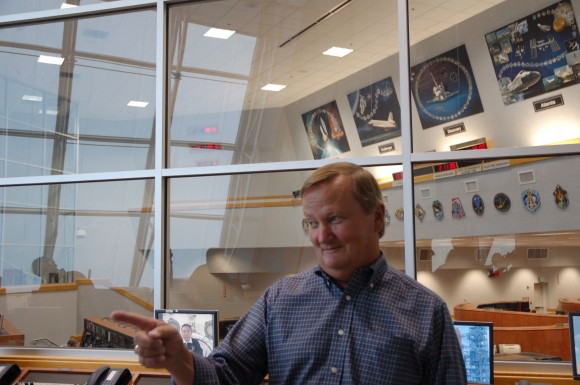
Q: Do you think anything will be special about this mission?
Leinbach: “The launch itself will be very much any other launch. When the guy’s are
working on the consoles they are very serious about what they are doing.
They won’t be distracted by the fact that it is the last one.
Q: Speaking of your job – it keeps you very busy, have you had any time to reflect?
Leinbach: “For the moment I still have a lot to do concluding TCDT, but this Saturday I
am planning on driving out to the launch pad and just looking up at Atlantis
and just soaking it all in, all by myself.”
Leinbach started working for NASA as a structural engineer in 1984, his words are softly spoken which tends to lend them even more weight. His first mission as launch director was STS-114. This was the first shuttle launch after the loss of the space shuttle Columbia in 2003. Leinbach led the recovery team searching for Columbia’s debris in Texas. A year later in 2004 Leinbach was awarded the Presidential Rank Award, which is given in recognition of long-term accomplishments.
Atlantis will carry the four person crew of STS-135 to the International Space Station on a resupply flight designed to keep the orbiting outpost well stocked after the shuttles are decommissioned. The mission is scheduled to last twelve days, launching on July 8 at 11:26 a.m. EDT. The crew consists of Commander Chris Ferguson, Pilot Doug Hurley and Mission Specialists Sandra Magnus and Rex Walheim.
